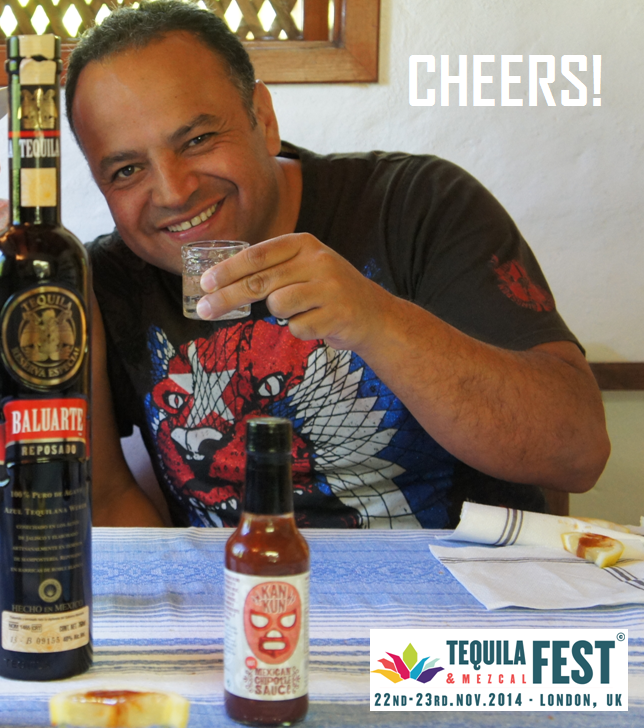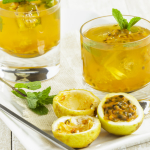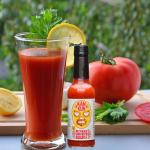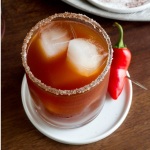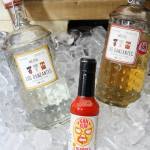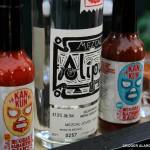Tequila is like any wine of spirit, you have different types and quality on offer. Each brand offers you a distinctive experience, flavour and of course value . Keep in mind that you pay for what you get. Whenever you are choosing a tequila take in consideration:
1.TYPE
There are 5 Types (Tipos) of Tequila:
Blanco, Silver, or White Tequila (Tipo 1): Blanco tequila is a clear spirit that can be either 100% agave or mixto. These tequilas are aged no more 60 days in stainless steel tanks, if they are aged at all. The unaged blancos give the drinker the rawest taste of agave available and have a notable earthy flavor that is distinctly tequila. If you have not tasted a blanco, then you are missing out on the pure taste that is agave.
Silver tequila is primarily used for mixing and are perfect for almost any tequila cocktail and often smoother than the gold tequilas for shorts. If you are looking for a quality, affordable, all-around tequila to keep in stock, a blanco is your best option.
Joven or Gold Tequila (Tipo 2): Joven (young) or oro (gold) tequilas are the ones that many drinkers are familiar with, particularly if you spent any time doing tequila shots in the last few decades of the 20th Century. Gold tequilas are responsible for many bad tequila experiences and have been most widely distributed in the UK.These are often not enough aged tequilas that are typically mixtos and have been colored and flavored with caramel, oak extract, glycerin, syrup, and other additives. While many gold tequilas leave something to be desired in comparison to the other classes, there are now a few decent bottlings available. If you are going to drink a gold tequila, stick to heavily flavored cocktails or (if you must) shots.
Reposado Tequila (Tipo 3): Reposado, or rested, tequilas are aged in wood casks for a minimum of 2 months and many are aged from 3-9 months. The barrels mellow the flavors of a pure blanco and impart a soft oak flavor to the agave as well as giving the tequila its light straw color. It has become popular for distilleries to age their tequilas in used bourbon barrels, which adds another dimension to the finished taste.A little more expensive than blancos, reposado tequilas are the middle ground of the three main types found that are now often found in a brand’s tequila line-up. They are versatile enough to be used in a great number of tequila cocktails, particularly those that have lighter flavors like the Margarita and many of the reposados available today make great sipping tequilas.
Añejo Tequila (Tipo 4): Añejo tequila is “old” tequila. These tequilas are aged, often in white, French oak, or used bourbon barrels for a minimum of 1 year to produce a dark, very robust spirit. Some of the best añejos are aged between 18 months and 3 years while some of the best can spend up to 4 years in barrels. Many tequileros believe that aging longer than 4 years ruins the earthy flavor tones of the spirit.Añejo tequilas tend to be very smooth with a nice balance of agave and oak, often with butterscotch and caramel undertones and are perfect for sipping straight (chilled if you like) or for those really special cocktails. Try these tequilas in a snifter to get a real sense of their aromas and flavors. As might be expected, añejo tequilas are some of the most expensive on the market.
Extra-Añejo Tequila (Tipo 5): The change in the tequila market of recent years has led to the creation of a fifth type of tequila, which is labeled extra-añejo or muy añejo. These tequilas spend over 4 years in barrels and have a profile that rivals some of the oldest whiskies you can find. Logically, the price of these tequilas reflects their extra time in the barrel and these are ones that you will want to save for straight sipping, enjoying every second of the experience.
2. Purity:
Only 100% agave is labelled as such. If the label does not say 100% agave it is a mixto.
3. Alcohol Content:
Tequilas in Mexico are usually 38-40% alcohol (76-80 proof), but legally may be higher, up to 50% (100 proof).
3. Hecho en Mexico:
Made in Mexico. 100% agave tequilas can only be made and bottled in Mexico. Hecho a mano means ‘handmade’ and, while it is not an official term, it usually indicates traditional production processes.
Loving AGAVE Spirits
I hope that after you experiment you come to love agave spirits as much as I do and realize that when you see advertisements that say “Brand X: The Best Tequila EVER” you’ll say to yourself… Let’s check first… There is so much variety out there, that not one brand suits everyone’s tastes, that’s why I feel it’s important for people to understand what they like and don’t like when it comes to drinking agave based spirits and eventually find the niche that fits their craving.
Learn about tequila production.
Learn about Mezcal, also a fantastic agave spirit.
